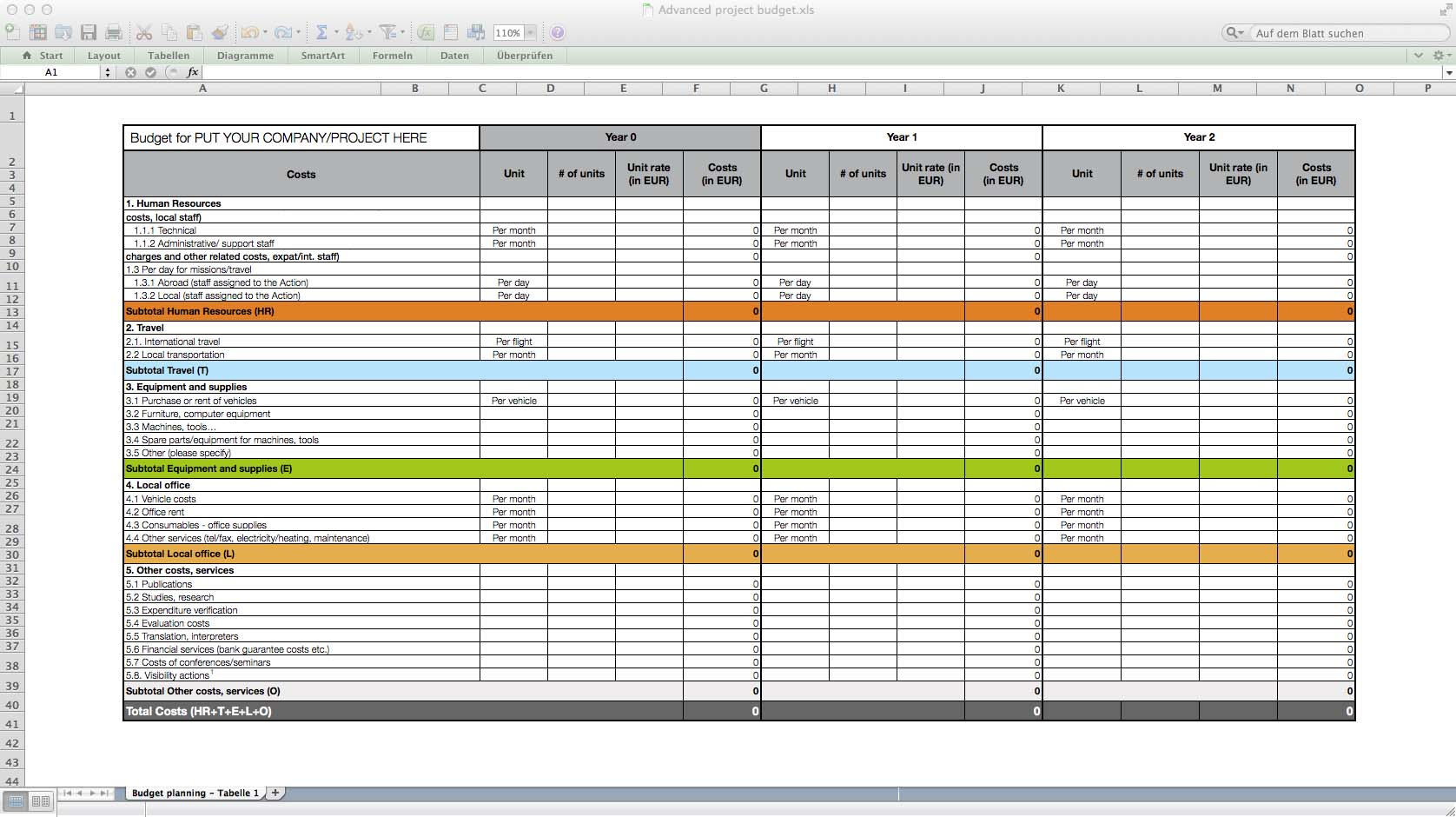Excel
Find Peak On Excel Graph

Introduction to Finding Peaks on Excel Graphs

When working with data in Excel, visualizing it through graphs can help in understanding trends, patterns, and critical points such as peaks. A peak on a graph represents the highest point within a dataset or a specific range of data. Identifying peaks is crucial for various analyses, including financial, scientific, and operational research. Excel offers several methods to identify and highlight peaks on graphs, including using formulas, charting tools, and add-ins. This guide will walk you through the steps to find peaks on Excel graphs efficiently.
Understanding Your Data

Before diving into finding peaks, it’s essential to understand the nature of your data. Excel can handle various types of data, but for peak identification, you typically work with numerical data that can be plotted over time or another variable. Ensure your data is organized in a way that makes it easy to chart, usually with the independent variable (like time) in one column and the dependent variable (the values you’re analyzing) in another.
Using Formulas to Identify Peaks

You can use Excel formulas to identify peaks before even creating a graph. One approach is to use the MAX function to find the highest value in a range. However, if you’re looking for multiple peaks or want to highlight them directly on your graph, you might consider more complex formulas or combinations of functions like IF, MAXIFS, or array formulas.
- To find the maximum value in a range (say A1:A100), you would use:
<code>=MAX(A1:A100)</code>. - For more complex scenarios, such as identifying the top 3 values, you might use an array formula like
<code>=LARGE(A1:A100, {1,2,3})</code>and then pressCtrl+Shift+Enterinstead of just Enter.
Creating a Graph in Excel

To visualize your data and potentially identify peaks, follow these steps to create a graph: 1. Select your data range, including headers. 2. Go to the Insert tab on the Ribbon. 3. Choose the appropriate chart type (e.g., Line, Column, or Scatter chart). 4. Click OK to create the chart.
Highlighting Peaks on the Graph

After creating the graph, you can highlight peaks by adding data labels or using conditional formatting for the data series: - Data Labels: Select the data series, go to the Chart Tools tab, click on Format (in the Current Selection group), and then select Data Labels. You can then choose to display the value of each data point. - Conditional Formatting: For the data series, you can apply conditional formatting rules to highlight the highest values. However, directly applying this to the graph can be tricky; it’s often easier to apply it to the data range first and then reflect these changes in the graph.
Using Add-ins or Macros for Advanced Analysis

For more advanced peak detection, such as in signal processing or when dealing with large datasets, you might consider using Excel add-ins or writing a macro. These can automate the process of identifying and highlighting peaks based on specific criteria you define.
Example Use Cases

- Financial Analysis: Identifying peak stock prices or trading volumes over time. - Scientific Research: Finding the maximum values in experimental data, such as the highest temperature reached or the peak concentration of a substance. - Operational Optimization: Determining the peak demand periods for resource allocation.
📝 Note: When using formulas or add-ins for peak detection, ensure you validate the results against the original data to avoid errors or misinterpretations.
Conclusion and Future Directions

Finding peaks on Excel graphs is a powerful tool for data analysis, enabling users to identify critical points in their datasets quickly. By mastering the techniques outlined above, from simple formula usage to more complex add-ins and macros, you can enhance your data visualization and analysis capabilities. Remember, the key to effective peak identification lies in understanding your data and choosing the right tools and methods for your specific needs.
What is the simplest way to find a peak in Excel data?

+
The simplest way is to use the MAX function, which returns the largest value in a dataset. For example, =MAX(A1:A100) finds the highest value in the range A1:A100.
How do I highlight peaks on an Excel graph?

+
You can highlight peaks by adding data labels to the data series on the graph or by applying conditional formatting to the data range before reflecting these changes in the graph.
What tools can I use for advanced peak detection in Excel?

+
For advanced peak detection, consider using Excel add-ins or writing a macro. These can automate the process of identifying peaks based on specific criteria.



